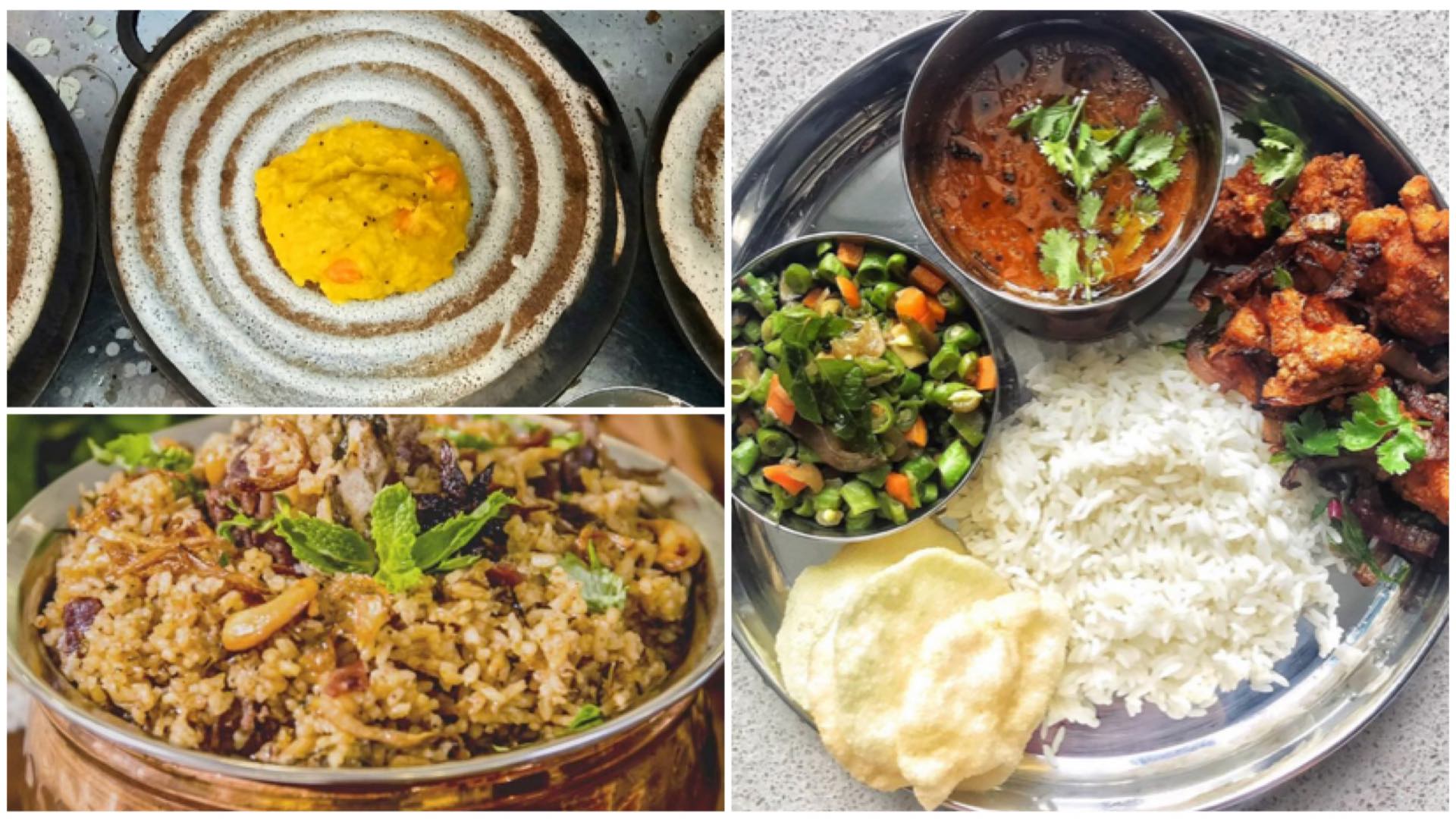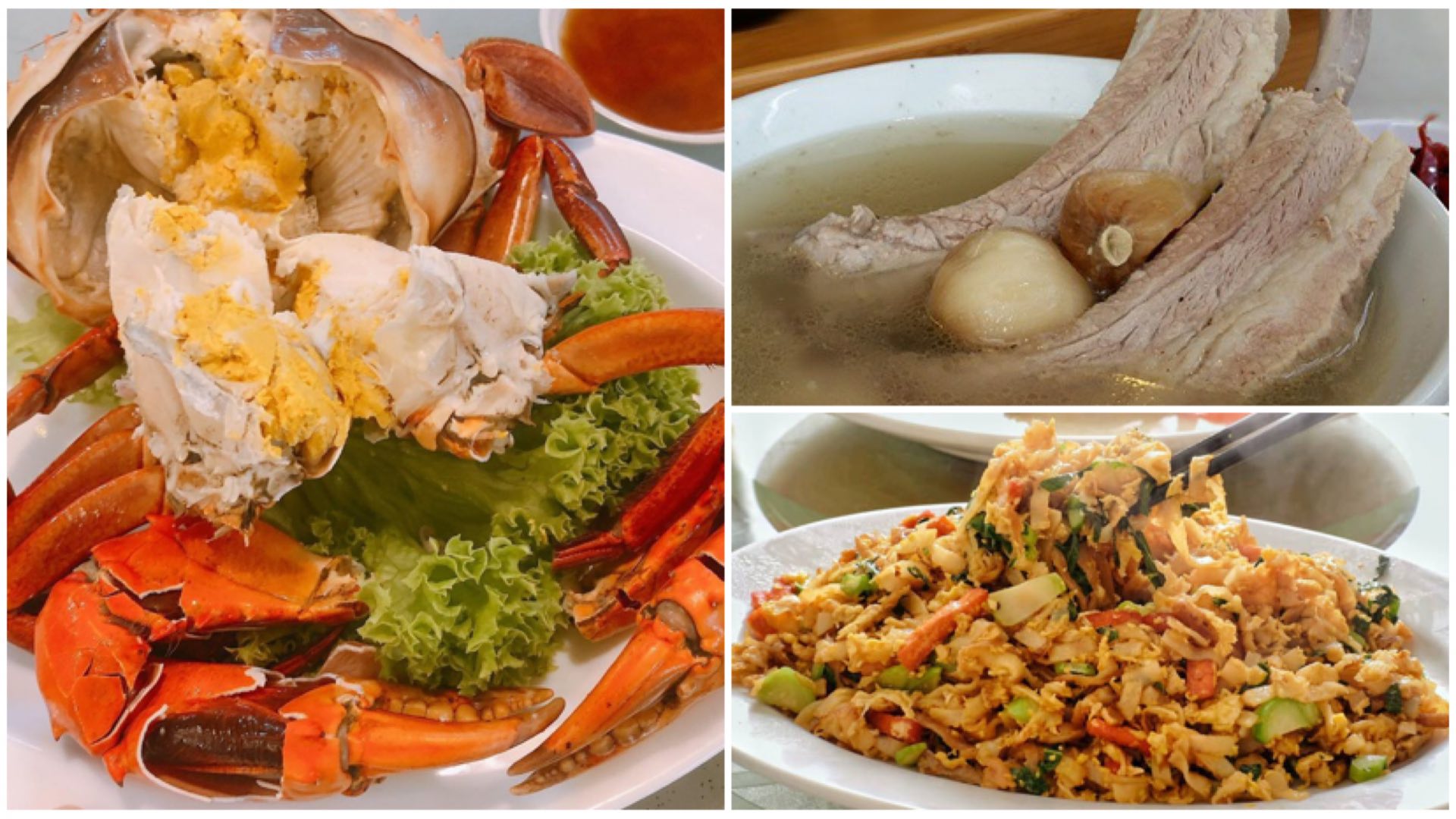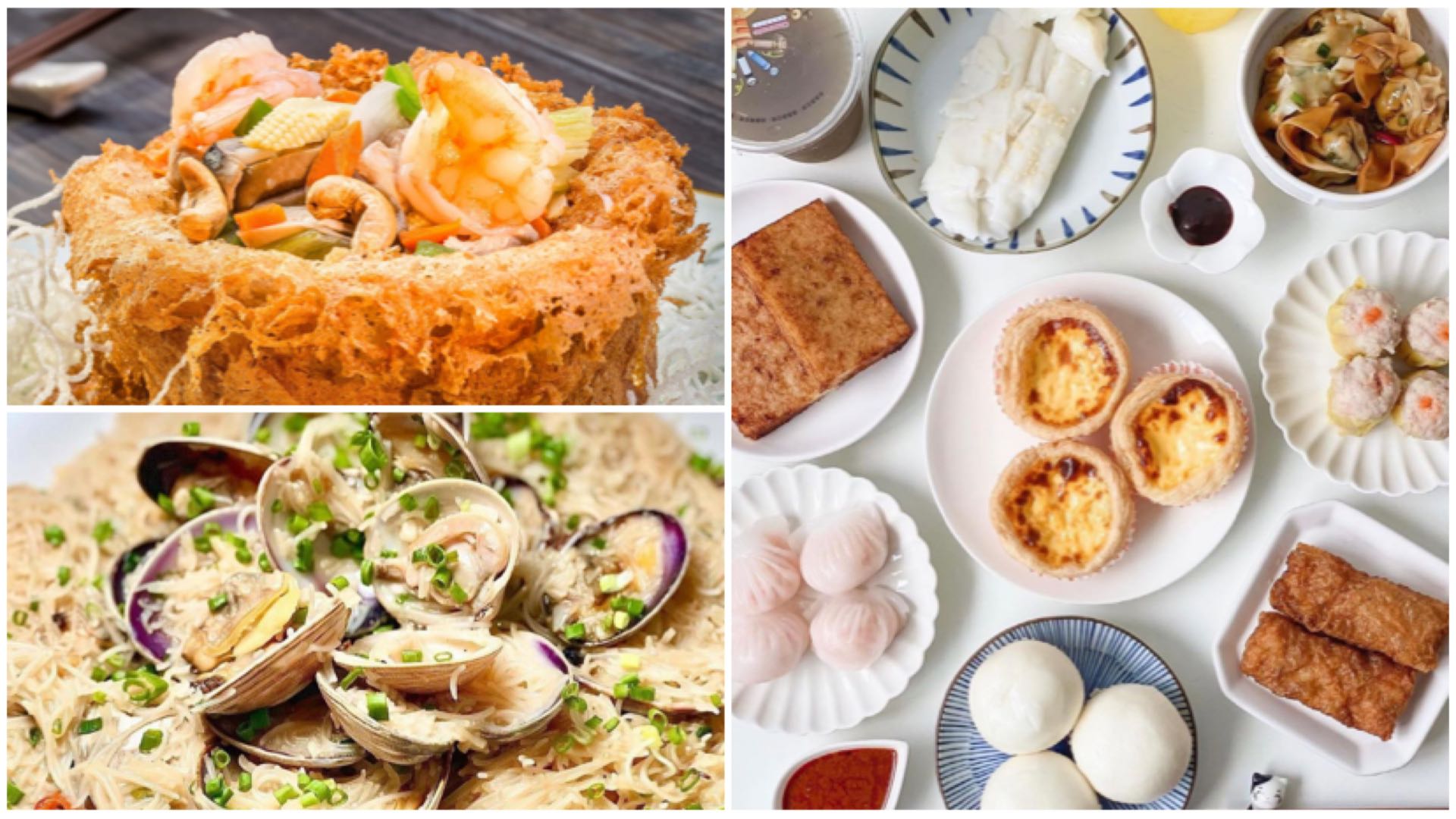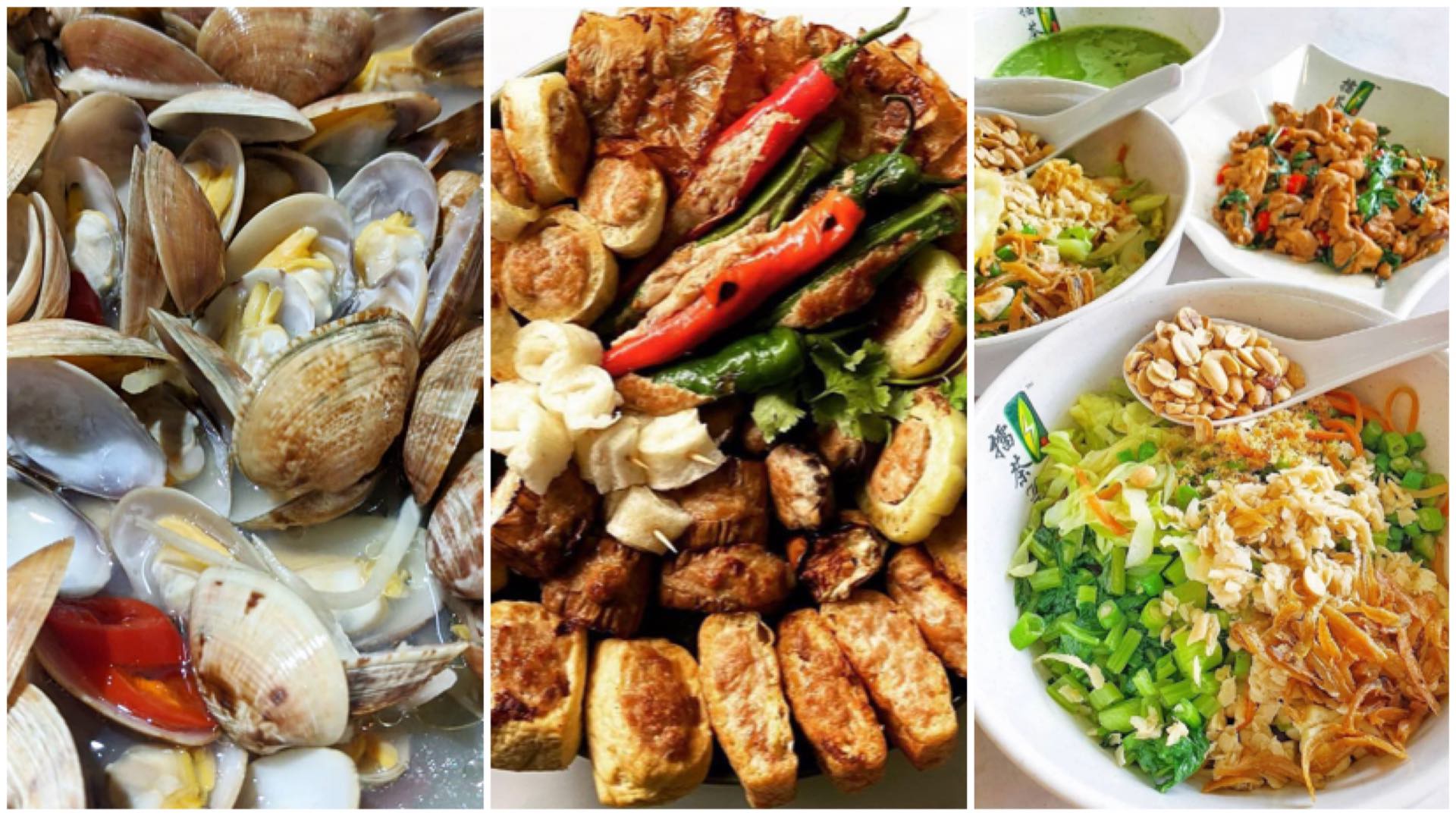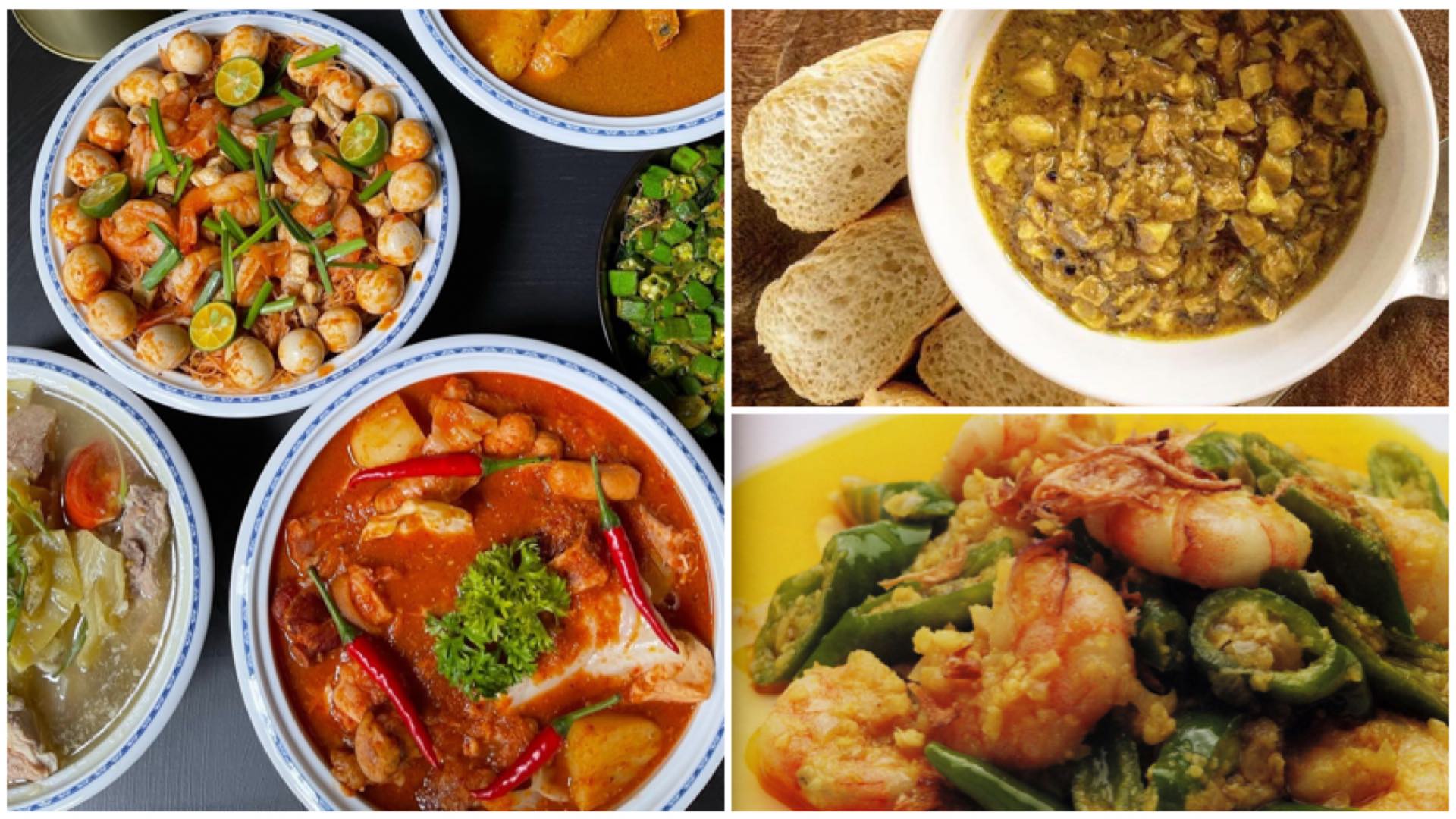Singapore Shiok: Tamil Cuisine On Our Little Red Dot
From 22 Jul 2021 to 18 Aug 2021 (both dates inclusive), social gathering group sizes will be reduced to a maximum of 2 persons and dining-in at all F&B establishments will cease. For a full list of safety measures, click here.
The information in this article is correct at the time of publishing.
Anyone who’s ever eaten Indian food knows what a glorious treat it can be – steamed savoury cakes like idli dipped in coconut, thosai filled with spiced potatoes, nuanced lentil stews and yoghurt salads that are as satisfying as they are wholesome.
India’s wealth of regional cuisines is well-represented in Singapore, but none more so than Tamil food, which arrived with the Indian labourers who built much of our early infrastructure.
Under the British Raj, many Indians were sent here to work in the rubber plantations while others were convicts sent to provide construction labour. Many of these early migrants were Tamils whose love for spicy food have contributed much to our national tapestry of multifarious flavours.
Over time, Tamil food became a mainstay of Indian cuisine here, though like all foods of the region’s migrants, morphed to accommodate available ingredients and local tastes.
One of the Best Traditional Teh Tarik 'Pulled Tea' Stalls in SG! - Bhai SarbatThis is where you should go for traditional Teh Tarik 'Pulled Tea', Teh Masala 'Chai Tea' & Teh Halia 'Ginger Tea'
Posted by Singapore Foodie on Saturday, 7 March 2020
Tamil food in Singapore
Teh tarik is an excellent example of how Tamil cuisine has changed to suit its sense of place. The pulled tea is a Singaporean twist on masala tea, popular throughout Tamil Nadu.
Similarly, Malay influences like sambal and tofu became part of Tamil cuisine here, the latter an easy substitute for meat. Other typically Southeast Asian ingredients like anchovies and tinned sardines have also changed Tamil cuisine in Singapore, giving it its own unique personality.
Regardless of race, most of us are familiar with Tamil staples like thosai, idli, idiyappam and appam. These are widely available in hawker centres throughout the island and eaten in the mornings with coconut and orange sugar, yet another uniquely Singaporean and Malaysian habit.
“It’s not eaten like that in India. There, it is typically eaten with a coconut-based curry like a korma,” explained Tamil food blogger Vasunthara Ramasamy, a contestant on MasterChef Singapore Season 2, and proponent of the Tamil food of her family.
A regular Tamil breakfast, says Vasunthara, usually comprises thosai or idli with a sambar and thuvaiyal (what many of us refer to as chutney). The latter is a mix of fresh ingredients such as coconut and coriander leaves, and lentils such as urad and channa dal.
At lunch and dinner, the Tamil meal is rooted in the Ayurvedic principles of arusuvai or six tastes: sweet, salty, sour, pungent (spicy), bitter and astringent. Sour foods moisten the palate, increasing the flow of saliva which in turn aids digestion. Salt grounds the nervous system while encouraging stability. Pungent foods help dry out moisture and mucus to stimulate metabolism, while bitter tastes drain the body of access fluids. Astringent flavours, most commonly found in tannins, support wound repair and reduce inflammation.
This guiding principal has led to the deliciously myriad components of a Tamil meal. “A basic meal would have rice and some kind of lentil-based curry or kuzhambu (pronounced ‘kulambu’); a poriyal (veggie stir-fry with lentils); a pickle; pachadi, which is a sort of hot, tangy, spicy and sometimes sweet condiment like mango pachadi; yoghurt; something crispy like an appalam (what many of us know as papadum); and rasam, which is sipped at the end of the meal.
“We don’t really have a concept of dessert. The sweetness is incorporated into the food, like in the pachadi. Unless it’s a special occasion or wedding feast, then you might have payasum (a sweet pudding).”
Taste the regions
A good place to get to know the nuances of regional Tamil food is Machan’s Kitchen along Race Course Road. The airy restaurant serves classics from Tamil Nadu’s regions such as rasams from Kongunad and Chettinadu, Madurai mutton chukka, kalakki (a well-known egg dish from Madurai) and murungai vazhaipoo Kulambu (a coconutty braise of banana flowers and moringa drumsticks).
Gandhi Restaurant on Chander Road also serves hearty Tamilian home-style food with all the trimmings – rice, papad, gravy, buttermilk, tofu sambal, and meat and seafood dishes.
And then there are the hawker stalls we’ve grown up with, from whom we get our favourite South Indian breakfasts of appam, thosai, and idli.
Suffice to say, options for great Tamil food abound in Singapore, and there’s no reason why we shouldn’t delve deeper into a cuisine that most of us have only scratched the surface of.
For the latest updates on Wonderwall.sg, be sure to follow us on Facebook, Instagram and Telegram. If you have a story idea for us, email us at [email protected].







